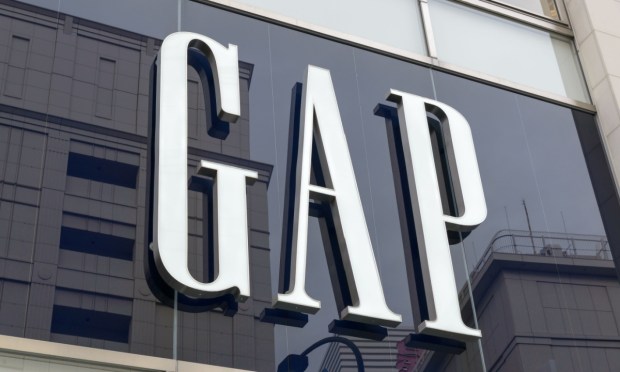
Gap, a once-dominant force in American retail that has faced challenges in recent years, is undergoing a years-long effort to reclaim its position in a highly competitive market — a journey that serves as an indicator for how legacy apparel brands can hold their own in a rapidly evolving fashion industry.
Under the leadership of CEO Richard Dickson, appointed last year after serving as COO of Mattel, Gap is implementing a multi-faceted approach aimed at revitalizing its brand, improving operations and embracing digital transformation.
The iconic retailer, which operates brands such as Old Navy, Banana Republic and Athleta, has faced significant challenges in recent years. Last year saw the brand laying off staff by the thousands and grappling with sales declines, continuing a years-long effort to close hundreds of stores. These come as changing consumer preferences and growing challenges from fast-fashion giants and eCommerce platforms have intensified the competitive landscape.
However, Gap’s new strategy offers a glimmer of hope.
Central to Gap’s turnaround plan is a renewed focus on its core brands. On the company’s most recent earnings call, Dickson highlighted efforts to create “stronger brand identities,” making sure that each is delivering on the qualities that made them into household names.
Old Navy, for instance, has the opportunity to cater to budget-conscious consumers at a time when economic anxieties are high, while Athleta has the chance to continue to benefit from increased focus on health and wellness relative to pre-pandemic, boosting demand for activewear.
Digital transformation is another cornerstone of Gap’s strategy. The company has invested heavily in enhancing its online and omnichannel capabilities. These efforts are already bearing fruit, with eCommerce sales growing faster than the company’s overall sales as of Q1 fiscal 2024.
In June, the company appointed Sven Gerjets as chief technology officer, highlighting his experience “transforming legacy platforms to digital-first environments [and] modernizing direct-to-consumer technology” at AT&T, DIRECTV, Time Warner (now Spectrum) and Mattel, among others, per a letter from Dickson to Gap employees.
“The adoption of the right technologies can help us push the boundaries of operational efficiency, product creation and customer engagement,” Dickson added.
Certainly, consumers engage with both digital and physical retail channels when buying apparel. Data from the PYMNTS Intelligence report “The Online Features Driving Consumers to Shop With Brands, Retailers or Marketplaces” found that that among those who had bought clothing or accessories in the previous month, 62% did so at a physical store, and 42% did so at an online marketplace.
Plus, the PYMNTS Intelligence study “2024 Global Digital Shopping Index: U.S. Edition,” created in collaboration with Visa Acceptance Solutions, found that roughly one in five U.S. consumers like to shop in stores with the assistance of digital technologies.
Gap Inc.’s turnaround efforts, promising so far, may serve as a blueprint for struggling legacy apparel retailers aiming to reclaim their market position. Under CEO Richard Dickson, the retailer has implemented a multifaceted strategy focusing on brand revitalization, operational improvement and digital transformation.
By honing in on core brands and aligning its offerings with current consumer trends, such as economic sensitivity and the growing focus on health and wellness, the retailer is on the up and up. Gap’s approach demonstrates that a balanced focus on brand identity, technology and market responsiveness can rejuvenate legacy retailers, making them competitive in a fast-paced, digital-first retail environment.